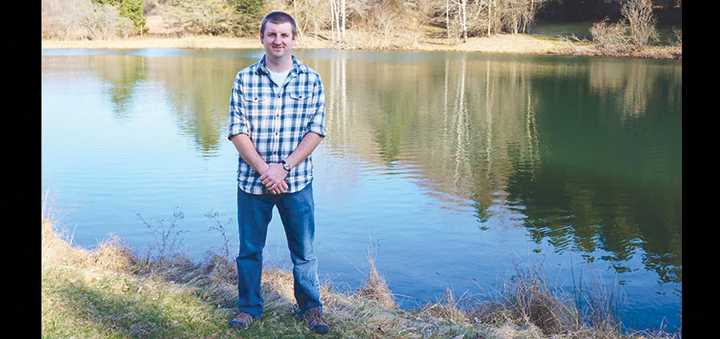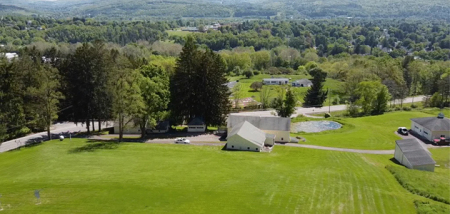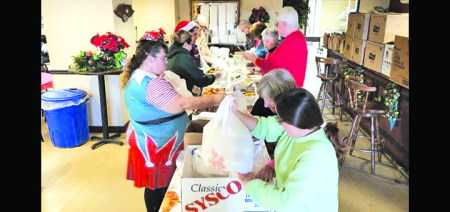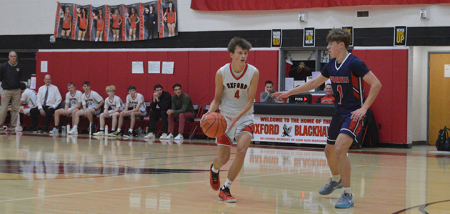Winter Is For The Birds
Published:
December 22nd, 2021
By:
Eric Davis

In one of my college courses we had to sign up for a controversial topic to debate with another student.
The professor decided who would take what side of the argument and then we had a week or two to do our research, write up our argument in essay form, and then debate in front of the class. One of the topics that was debated was funding for management of non-game species.
Funding for game species management seems pretty clear since people buy hunting licenses to hunt these animals, the license money collected by the state is put into managing those species. Then you think about other species of animals that are not hunted, how should their management be funded? They typically have much fewer “users” who are actively out trying to interact with them compared to game species.
Also, there is not a license required to go out and watch wildlife, not typically at least. The Pittman-Robertson Act collects an excise tax on firearms, ammunition, and archery equipment but does not ally to optics.
This means that people who buy binoculars just to watch birds are not putting money directly towards wildlife management via an excise tax. There have been laws proposed that would start to collect excise taxes on other outdoor recreation equipment such as optics and camping gear, which would fund non-game species management. However, those laws have not been passed in both houses of Congress.
One way to allow multiple species benefit from available funding is to focus on habitat improvement. When you look at a grassland or a marsh, there are dozens of species that all use that habitat including game and non-game species.
When I was a technician for NYSDEC after college I heard a biologist say, “If you manage the land for pheasants, grassland songbirds are going to love it too.” Many states have habitat stamps available for purchase through their hunting license sales portal. The money collected when people buy the habitat stamp is used for just that, habitat.
Another way to help with non-game species management is to use citizen science to collect information. This lets the state or federal agency obtain data without spending much money, if at all, allowing them to best utilize staff and funding as possible.
Currently, one of the largest citizen science-based surveys is happening. The Audubon Society Christmas Bird Count runs from December 14 through January 5 each year. This long running census allows the Audubon Society as well as government agencies assess the health of bird populations and to make management decisions. In 1900, Frank M. Chapman proposed conducting a bird census instead of a “Side Hunt” where hunters went out and shot as many different birds as they could. A compiler applies in November to be in charge of a local CBC, which is supposed to cover a 15-mile radius.
The compiler then picks one 24-hour period when they will conduct their count. The compiler is responsible for recruiting, training and guiding participants on the count as well as summarizing the data and submitting it. Locally, many of the CBCs have already happened, however the Delaware County CBC will be conducted on January 2. You can find information on the Delaware-Otsego Audubon Society website.
Another citizen science-based survey is the Great Backyard Bird Count that is held on February 18-21 in 2022. This survey is through the Cornell Lab of Ornithology, the Audubon Society, Birds Canada, and eBird. For this survey, you pick a place to watch for birds and then you watch and listen for birds for 15 minutes or more, at least once over the four day survey period. You record all the birds you see or hear at your location and then submit your findings. You can find information about this using a quick search online for Great Backyard Bird Count.
Author: Eric Davis - More From This Author
Comments







